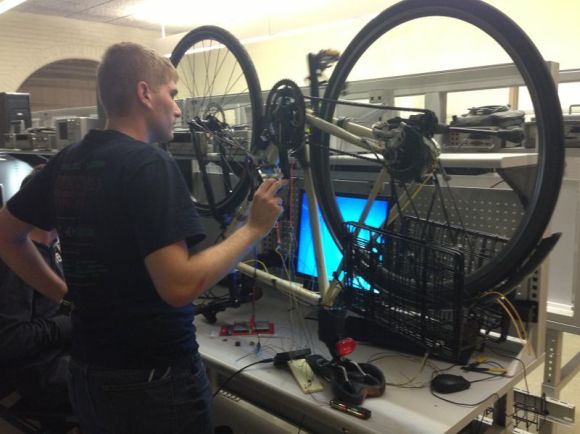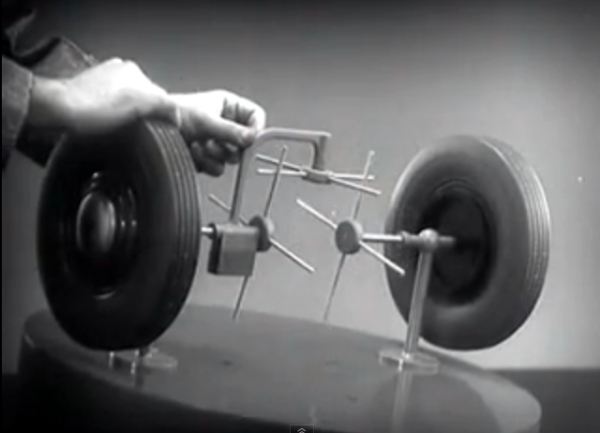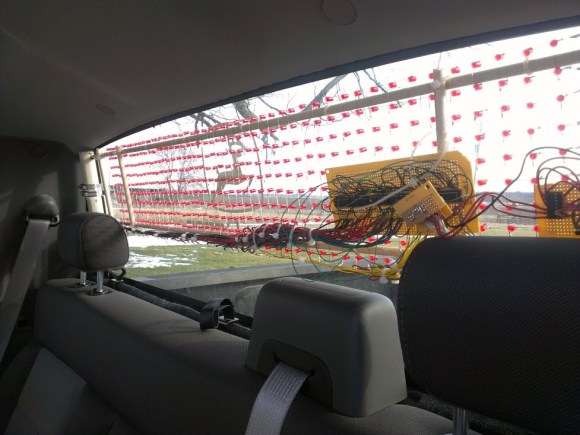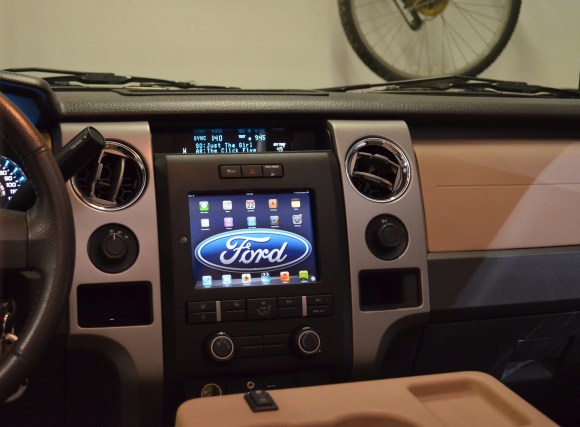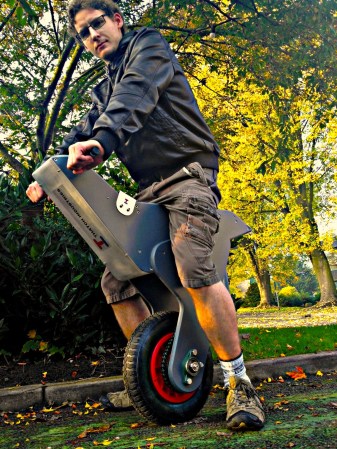
Okay, the kid does have a face, but it looks like Dad blurred it for his protection. The real story here is the killer ride built by his engineer father. It’s far nicer than the cars driven by the Hackaday team, but then again, since it cost more than a BMW 3 series that’s no surprise.
[Lingzi] lives in China and does custom car work for a living. So to take on this project for his son was more of a stretch of the pocketbook than of his skill set. The car features a custom frame with rack and pinion steering, disc brakes, a rear differential, and a reputable suspension system. The body of the vehicle is crafted from carbon fiber. The lights all work and there’s an electric motor and transmission mounted just behind the driver’s seat. Unfortunately there’s no video of this in action (China blocks YouTube). But do take a look at the album above for pictures of the final paint job. There is also a little bit more information to be found in [Lingzi’s] Reddit discussion.

